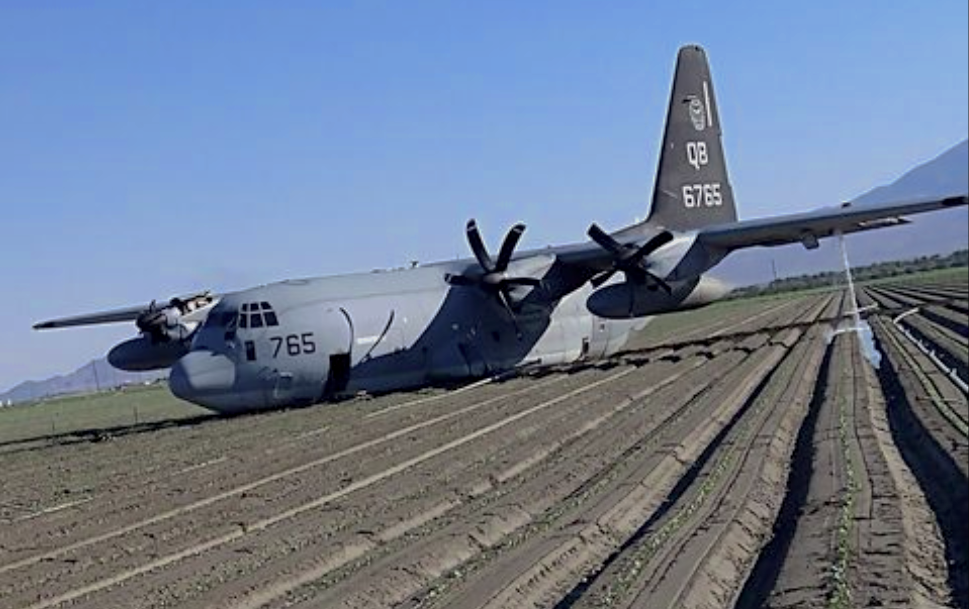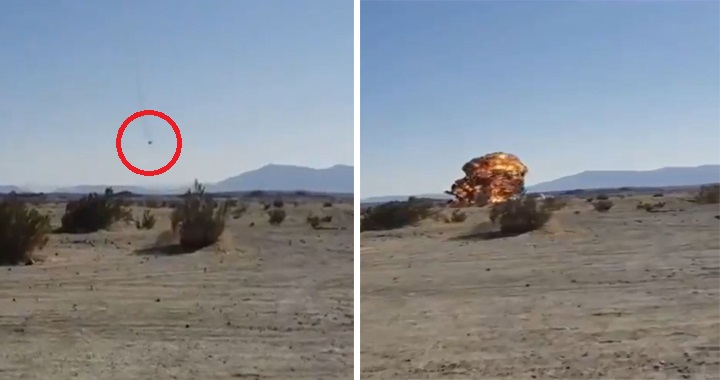General Berger explained on 23 Sep 2920, at his Question and Answer virtual session.
Simply put, the U.S. Marine Corps’ 61.3-ton M1A1s are going to the US Army.
According to Textron Marine Systems, the U.S. Navy’s Landing Craft Air Cushion’s (LCAC) replacement, the Ship-to-Shore Connector (SSC), can transport 74-tons at 35 kts. The Army’s M1A2 SEPv3 weighs in at 66.68-tons basic and can weigh in excess of 80-tons with TUSK and Trophy APS kits added, six tons more than the allowable on the SSC hovercraft.
At around 80 tons, that leaves the Navy’s Landing Craft Utility (the LCU in has three variants), able to carry a 127-ton to 183-ton payload (or one or two Army M1A2 SEPv3s with TUSK and APS installed).
The main problem with using the LCUs is that it sails at a slow 8 to 11 knots despite its 1,200 nautical mile range. Essentially, the U.S. Marine Corps cannot buy the latest and greatest Abrams M1A2 SEPv3 used by the U.S. Army because these SEPv3 MBTs are too heavy to carry via any U.S. Navy hovercraft.
The Commandant said that the M1A1s were going away; he didn’t say that tanks were not going to be a part of the US Marine Corps’ future. If the
Mobile Protected Firepower (MPF) light tank is developed for the US Army, it could be of interest to the US Marines.

 www.australiandefence.com.au
www.australiandefence.com.au







